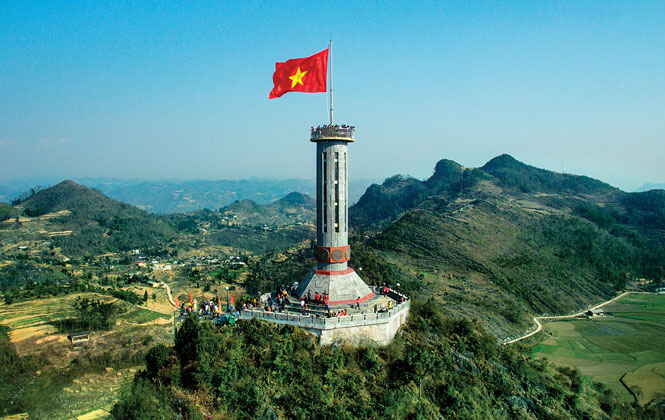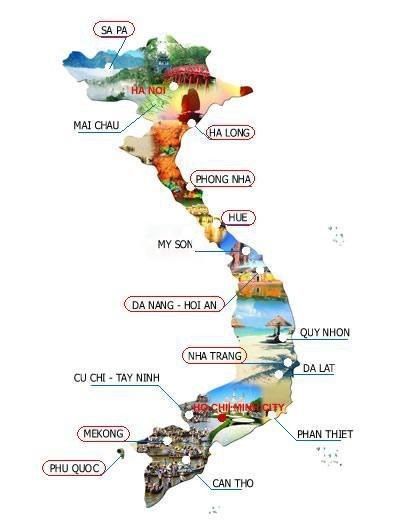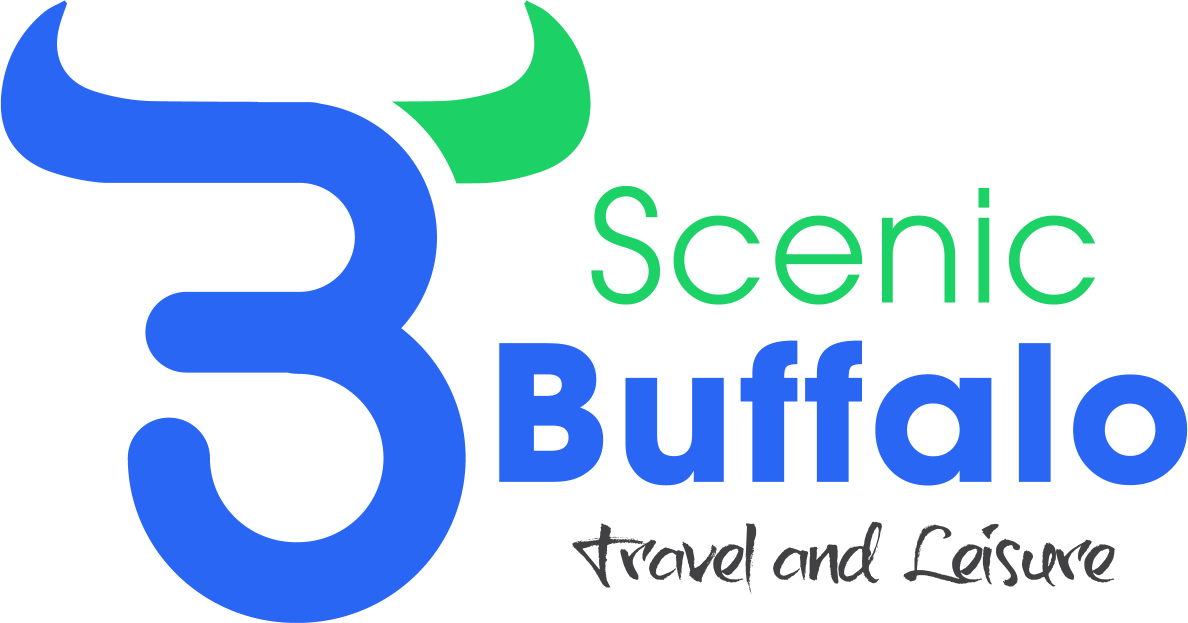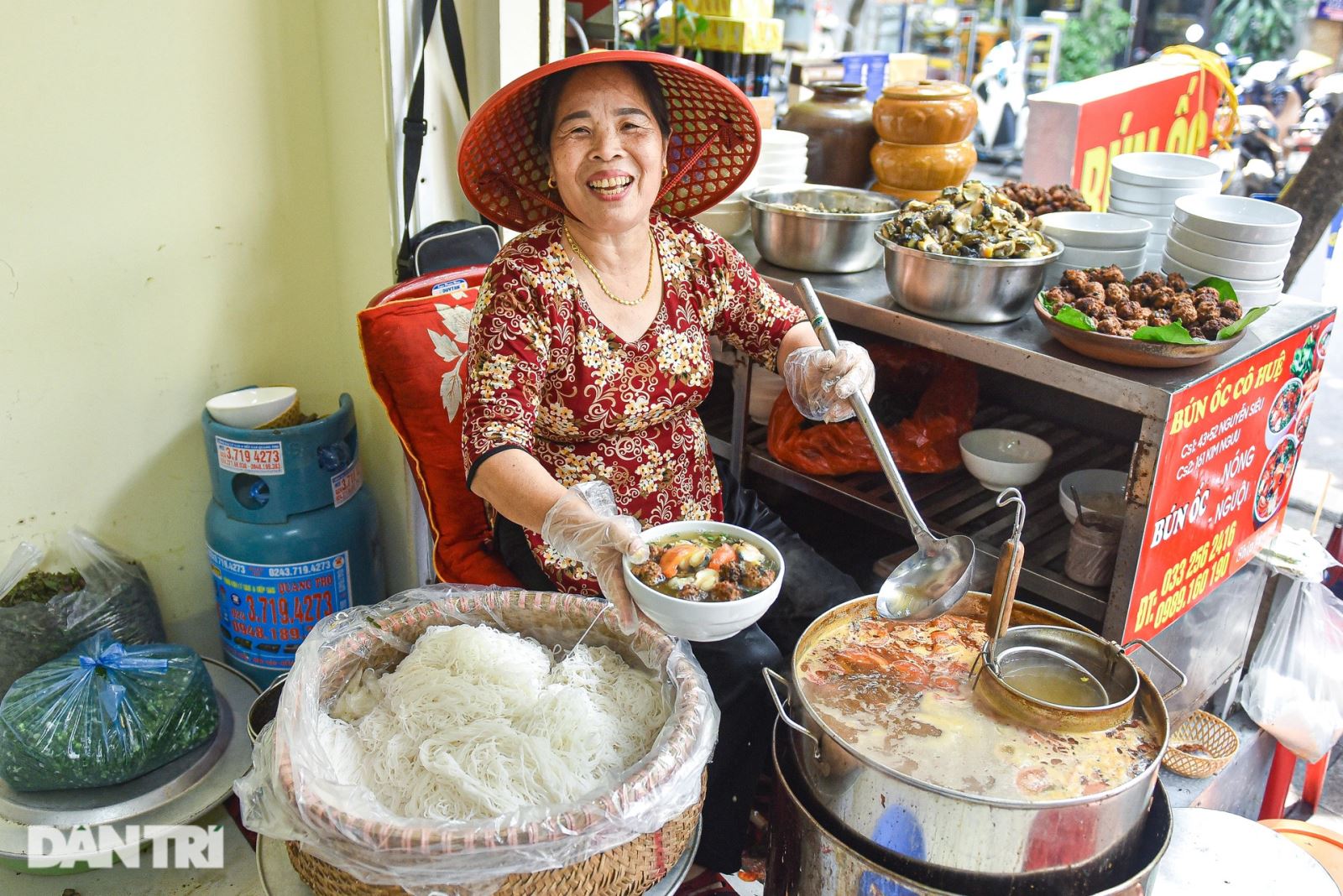
Vietnam overview
GEOGRAPHY
Vietnam is located on the eastern seaboard of the Indochina peninsula, sharing common borders with China to the north, and Laos and Cambodia to the west. To the east and south lies the East Sea. Mountains and hills cover four-fifths of Vietnam’s territory with the Truong Son Range stretching over 1,400km. Mount Fansipan (3,143m) is the highest peak on mainland Southeast Asia. The most populated areas in Vietnam are the Red River Delta and the Mekong Delta, which feature fertile soil fed a long coastline of 3,260km running from Mong Cai in the North to Ha Tien in the Southwest. Viet Nam’s territorial waters in the Eastern Sea extend to the East and Southwest, including the continental shelf, islands and archipelagoes. There is a group of around 3,000 islets belonging to Viet Nam in the Tonkin Gulf, including Ha Long Bay, Bai Tu Long Bay, Cat Hai, Cat Ba and Bach Long Vi Island. Farther in the Eastern Sea are Hoang Sa Archipelago (Paracel Islands) and Truong Sa Archipelago (Spratly Islands). To the West and Southwest, there are group of islands including Con Son, Phu Quoc and Tho Chu.
RESOURCES
Minerals: coal, iron, aluminum, tin, and oil. Agricultural and forestry products: rice, maize, sweet potatoes, peanuts, soy beans, rubber, lacquer, coffee, tea, tobacco, cotton, coconut, sugar cane, jute, and tropical fruit.
CLIMATE
Vietnam’s climate varies a great deal from north to south. Northern Viet Nam has four distinct seasons: spring, summer, autumn and winter. In the north, summer are warm, while winters are cool and misty. Southern Vietnam is warm all year-round, with temperatures typically varying by just three degrees Celsius. Tropical monsoons occur from May to November in the north and south, and from September to January in the Central Region.
ADMINISTRATIVE DIVISIONS
 Vietnam has 63 provinces, including five municipalities (Ha Noi, Ho Chi Minh City, Hai Phong, Can Tho, Da Nang)
Vietnam has 63 provinces, including five municipalities (Ha Noi, Ho Chi Minh City, Hai Phong, Can Tho, Da Nang)HISTORY
Vietnam’s history can roughly be divided into the following periods:
Pre-history: From circa 400,000years (Paleolithic) to 4,000 years (Neolithic) ago, cultures in the area included Son Vi, Hoa Binh, Bac Son, Ha Long and Hoa Loc
Proto-history: According to legends, Vietnam originated in the seventh century BC when the Hung Kings founded Van Lang. In the third century BC, King An Duong Vuong name founded Au Lac and ruled until 179 B>C Chinese Occupation: Vietnam was occupied by China from the first to the tenth century A.D.
Monarchy: Kings reigned from 968 to 1945.
Independence: The Democratic Republic of Vietnam was founded after the 1945 August Revolution, when President Ho Chi Minh declared independence. The Socialist Republic of Vietnam has been official name since 1976
Pre-history: From circa 400,000years (Paleolithic) to 4,000 years (Neolithic) ago, cultures in the area included Son Vi, Hoa Binh, Bac Son, Ha Long and Hoa Loc
Proto-history: According to legends, Vietnam originated in the seventh century BC when the Hung Kings founded Van Lang. In the third century BC, King An Duong Vuong name founded Au Lac and ruled until 179 B>C Chinese Occupation: Vietnam was occupied by China from the first to the tenth century A.D.
Monarchy: Kings reigned from 968 to 1945.
Independence: The Democratic Republic of Vietnam was founded after the 1945 August Revolution, when President Ho Chi Minh declared independence. The Socialist Republic of Vietnam has been official name since 1976
ETHNIC GROUPS
There are 54 ethnic groups living in Vietnam. The Viet( or Kinh) people account for 88% of Vietnam’s population and are mostly concentrated in the lowlands. Most of the country’s ethnic minority peoples live in mountainous areas. Major groups inclide the Tay; the Nung; the Thai; the Muong; the H’mong; the Dao; the Khmer; the Bahnar; the Jrai and the Ehde.
RELIGIONS
Major spiritual influences in Vietnam include Buddhism, Taoism, Confucianism, and native religions (Ancestor, Mother Goddess Worship). Christianity arrived in the late 18th century and now has the second largest following, after Buddhism. Other religions practiced include Islam and Cao Dai, with higher concentrations in the South.
VIETNAMESE LANGUAGE AND SCRIPTS
More tham80% of the population speak Vietnamese (or Kinh), the national language. Ethnic minorities have native languages. Three scripts have influenced Vietnam’s history: Han (classical Chinese) ideograms were used until the beginning of the 20th century. The Nom script, created between the 11th and 14th centuries, is based on the Han script. European missionaries in the 17th century used the Roman alphabet to record the Vietnamese language and created Quoc Ngu script. After independence in 1945, Quoc Ngu was developed and used as used the official national language.
BUSINESS HOURS
Government offices and museums open early, around 08AM, and close between 04PM and 05PM
CURRENCY
The currency in Vietnam is the dong (VND) which currently trades at about VND 23,300 to the US dollar. Credit card acceptance, especially for Visa, is spreading in higher-end hotel, restaurants, and shop in big cities.
HOTELS AND REGISTRATION
There is a wide range of accommodation available in Vietnam’s major cities. Hanoi and Ho Chi Minh City feature a choice of five-star hotels, while guest houses and mini-hotels offer no-frills rooms for around VND600,000. As hotels and private hosts must register your presence with the police, you’ll be expected to hand over your passport.
SAFETY
While Vietnam is one of the safest countries in Asia, you should take care with your possessions. Secure your valuables, documents, and credit cards in your hotel’s safe. If you choose to drive a motorbike or ride a bicycle, by law you must wear a helmet.
TELECOMMUNICATION
Many hotels, especially up – market ones, add extra fees. Check the rates before dialing. One long-distance service offers a flats fee of around VND 4,000 per minute to 50 Countries. Faxes can be sent from hotels, business centers or post office. Many free wifi spots can be found around Ha Noi and Ho Chi Minh city, including hotels, café and restaurants
VISAS
Tourist Visas are generally valid for 15 days – 30days. Should you wish to extendyour visa, go to the immigration office at 44 Tran Phu or 44 Pham Ngoc Thach, Hanoi; 254 Nguyen Trai, D.1, Ho Chi Minh City; 7 Tran Quy Cap , Da Nang City. Many tour operators can also extend your visa for a fee.


 Telegram
Telegram Email
Email Messenger
Messenger